-
 重置
重置
-
 语音
语音
-
 放大
放大
-
 缩小
缩小
-
 鼠标样式
鼠标样式
-
 辅助线
辅助线
-
 读屏字幕
读屏字幕
-
 退出
退出


中华思想文化术语传播工程 秘书处
电话:010-88819132
邮箱:shuyu@fltrp.com

中华思想文化术语微信公众号
指导单位:教育部语言文字信息管理司 主办单位:国家语言监测与研究网络媒体中心
 京公网安备 11010802039713号
京公网安备 11010802039713号
